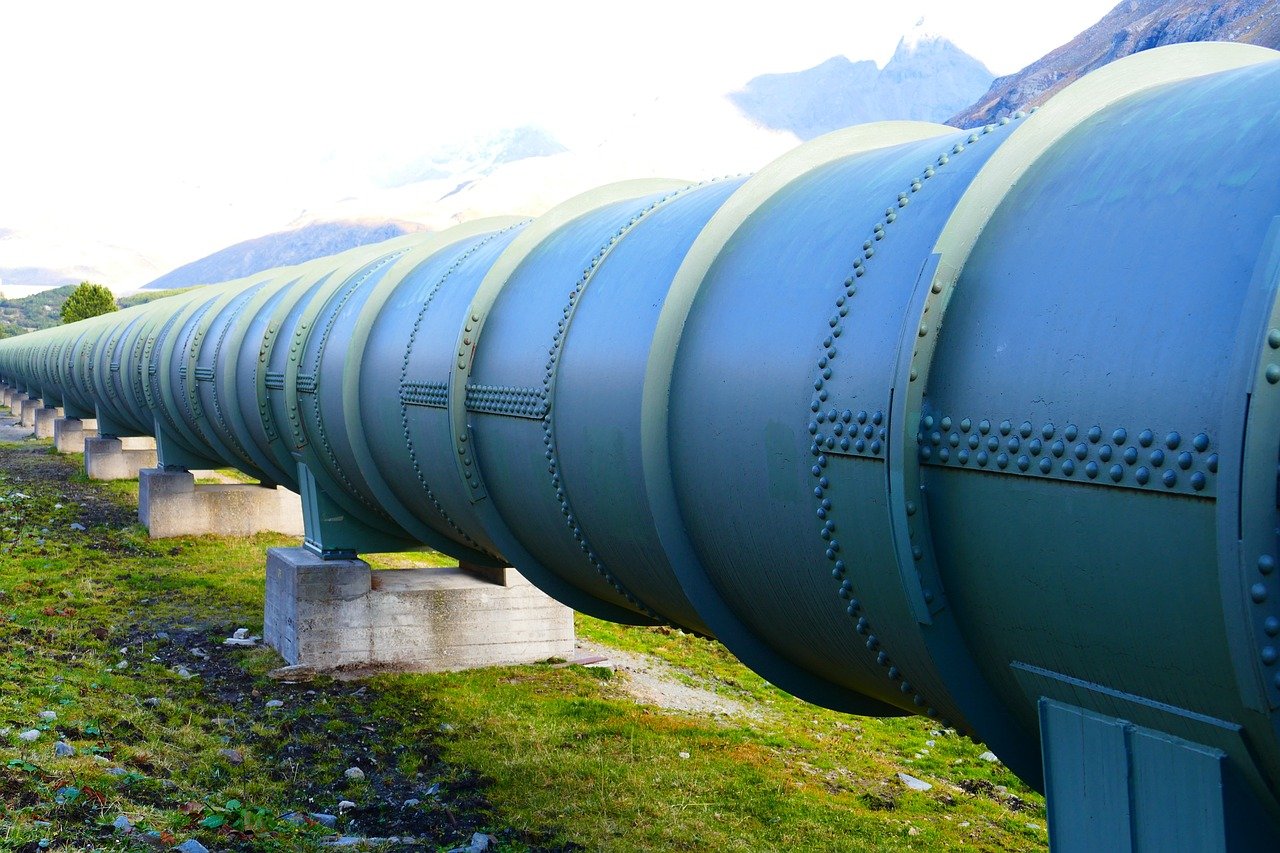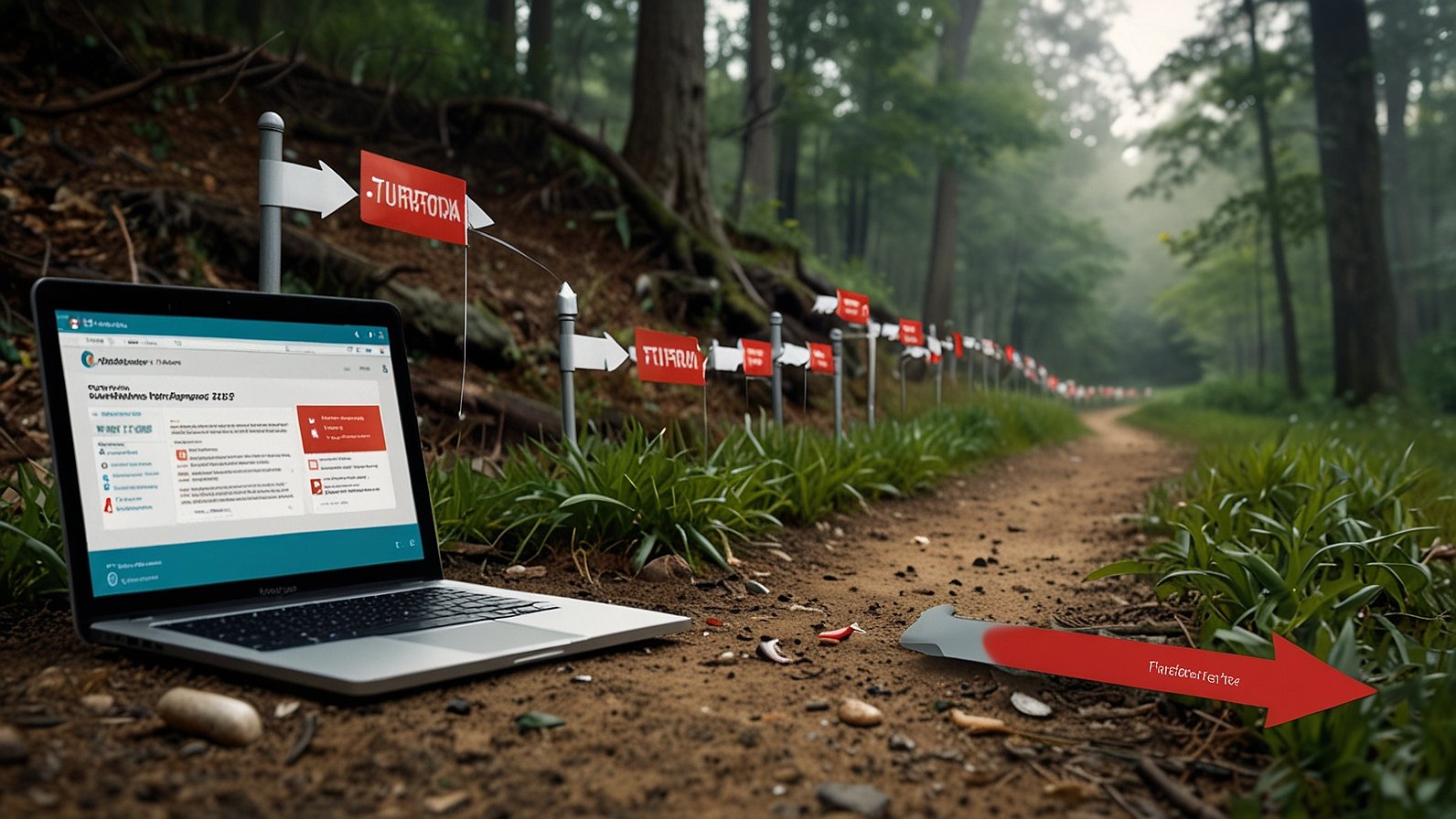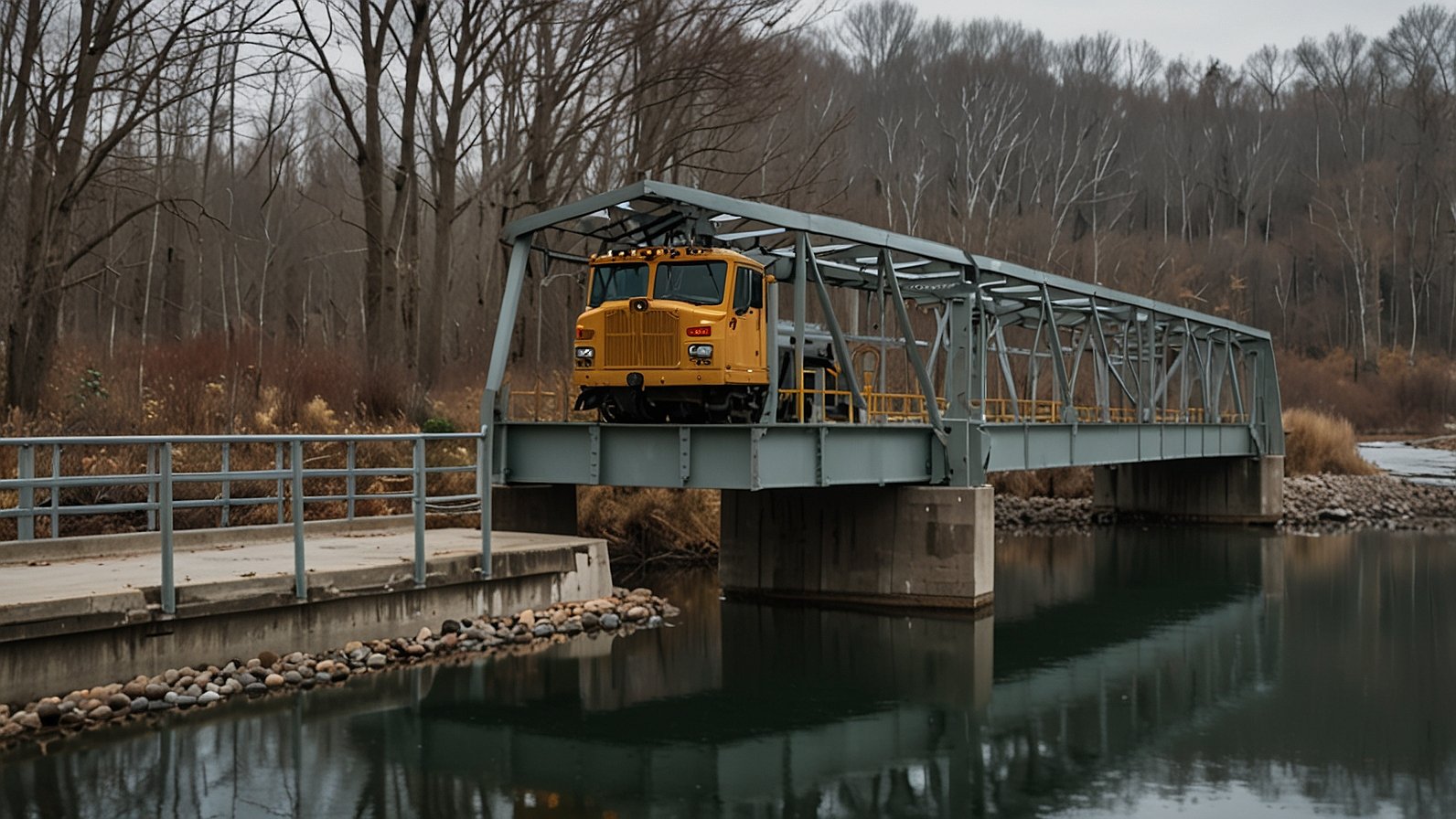Key Takeaways:
Pipeline debris mapping is essential for maintaining pipeline integrity and efficiency. By proactively identifying debris accumulation, operators can prevent costly system failures and ensure continuous operation. This process enhances safety protocols, minimizes environmental risks, and leads to more efficient maintenance schedules, ultimately extending the lifespan of pipeline systems.
Introduction
Pipelines are the arteries of our modern infrastructure, carrying essential resources such as oil, gas, and water over great distances. These systems are integral to our daily lives and the economy, thus making their maintenance a top priority. Given this critical role, ensuring the integrity and efficiency of pipeline systems through preventive maintenance strategies is crucial. Preventive maintenance involves preemptively addressing potential issues and avoiding significant disruptions or failures that could have devastating environmental and economic impacts. One of the key components of this proactive approach is pipeline debris mapping. This innovative process allows engineers to better understand a pipeline’s condition and plan maintenance accordingly. Operators can detect potential blockages and weaknesses through regular debris mapping before they escalate into major problems.
Understanding Pipeline Debris
The integrity of a pipeline is often threatened by the accumulation of debris, which refers to various foreign materials that infiltrate and accumulate within the pipeline system. This debris can originate from several sources, including corrosion, welding residue, sand, chemical deposits, and even remnants from the manufacturing process. Over time, these particles can build up and cause disruptions in the flow of materials, leading to increased pressure, decreased efficiency, and the potential for leaks or ruptures. Recognizing and understanding the nature of this pipeline debris is essential for developing effective strategies to address them. By identifying the types of debris and their sources, maintenance teams can implement measures to reduce their occurrence and mitigate their impact on pipeline operations.
Role of Debris Mapping in Preventive Maintenance
Debris mapping is a critical component of preventive maintenance as it provides vital data on the state of pipeline interiors. This data guides maintenance planning by highlighting where resources should be allocated, ensuring that problem areas can be addressed swiftly and effectively. Utilizing a sophisticated pipeline mapping tool allows operators to obtain detailed, visual insights into pipeline conditions, making it easier to detect anomalies such as partial blockages or weak points. This early detection is pivotal in preventing substantial damage or costly system shutdowns. Moreover, accurate debris mapping helps predict maintenance needs, allowing operators to schedule interventions at optimal times, thus minimizing disruption to operations and extending the service life of the pipelines.
Technology Used in Pipeline Debris Mapping
Advanced technology is at the heart of effective pipeline debris mapping. One of the most prominent methods employed is using smart pigs, intelligent devices inserted into pipelines to collect data about their condition as they travel through. These pigs are equipped with various sensors and data recording tools to measure parameters such as wall thickness, pressure variations, temperature, and even the buildup of scale or rust. Additionally, operators often use remote sensing technologies and high-resolution video cameras to capture real-time images of the interior pipeline surfaces. Together, these technologies provide a comprehensive overview of the pipeline’s health, allowing maintenance teams to plan and execute their strategies effectively.
Benefits of Regular Debris Mapping
There are numerous advantages to conducting regular and thorough debris mapping of pipeline systems. The primary benefit is enhanced safety; by identifying potential weak spots and flow restrictions, operators can take corrective actions to prevent leaks or bursts that could pose serious safety and environmental risks. Furthermore, regular debris mapping extends the life of pipelines by maintaining optimal operating conditions and minimizing wear and tear. Another key advantage is the significant cost savings achieved by reducing emergency repairs and operational downtime. By dealing with potential issues before they become serious problems, operators can optimize maintenance budgets and avoid the costly consequences of severe malfunctions. Additionally, regular debris mapping reinforces environmental stewardship by preventing spills and leaks that could harm ecosystems and communities.
Implementing Debris Mapping for Optimized Maintenance
To achieve the full potential of debris mapping, it must be integrated into an organization’s broader maintenance strategy. This involves creating a schedule for regular inspections, investing in up-to-date technology, and ensuring staff are trained to interpret and act upon the data efficiently. Collaborative planning is essential, as it ensures that insights from debris mapping feed directly into operational decisions and resource allocation. Involving engineers, maintenance personnel, and operational staff in the process ensures streamlined communication and efficient execution of maintenance tasks. By implementing a systematic approach to debris mapping, organizations can maximize the integrity and reliability of their pipeline networks, resulting in improved service delivery and enhanced operational resilience.
Conclusion
Debris mapping plays a pivotal role in preventive maintenance for pipelines. By offering detailed insights into internal pipeline conditions, operators can proactively address potential issues, safeguarding the reliability and longevity of these critical systems. As technology advances, the capabilities of debris mapping tools will likewise evolve, offering even greater precision and effectiveness in maintaining the health of pipelines. Integrating debris mapping into a comprehensive preventive maintenance strategy ultimately empowers operators to uphold the highest standards of safety, efficiency, and environmental responsibility in pipeline operations.











